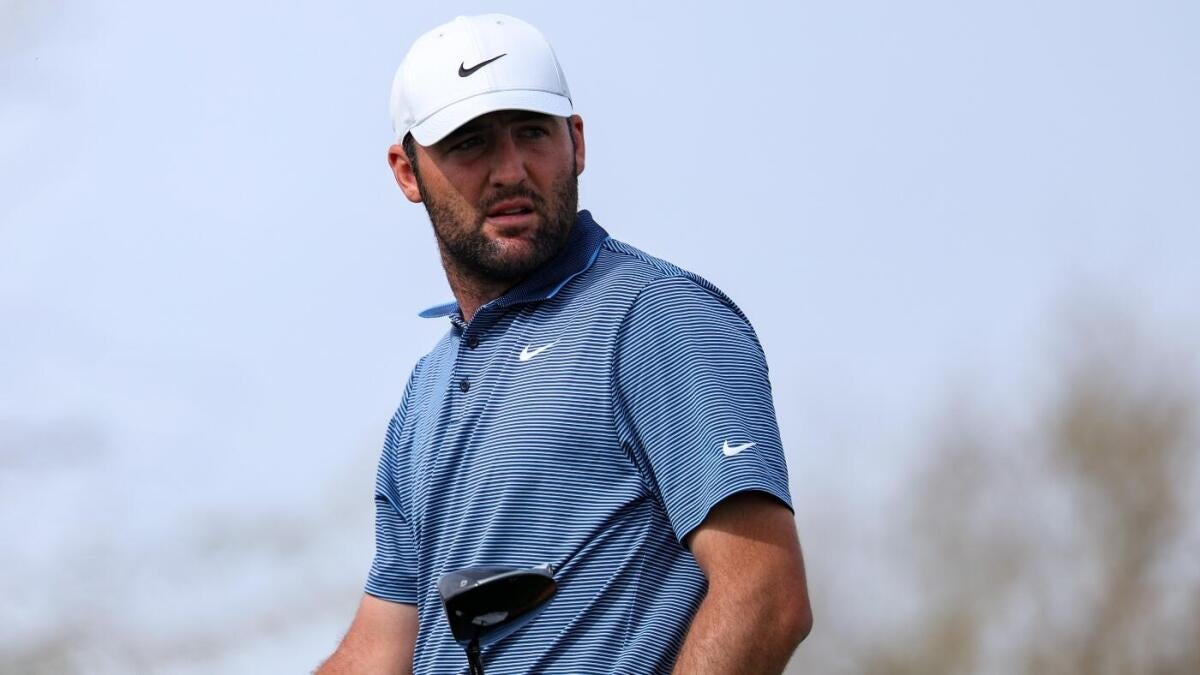The 2025 Majors: Golf’s Defining Rivalry and the Role of AI in Shaping Predictions
Golf in 2025 is poised for a pulsating season, particularly within the major championships—the U.S. Open and the PGA Championship. At the heart of this excitement are Scottie Scheffler and Rory McIlroy, two titans whose rivalry dominates the discourse. But beyond raw talent and historical performance, artificial intelligence (AI) and advanced predictive models are playing an increasingly vital role in how experts, bettors, and fans understand and anticipate the outcomes of these prestigious tournaments.
AI and Advanced Analytics: Transforming Golf Predictions
AI-powered models have revolutionized the forecasting landscape. Traditional evaluation often relied on basic stats and intuitive judgment, but today’s models integrate a complex array of factors:
– Strokes Gained Metrics: These track every aspect of a player’s game—driving accuracy, approach shots, short game, and putting—to provide a detailed performance profile. AI algorithms weigh these metrics dynamically, adjusting predictions as new data from recent rounds or tournaments become available.
– Player Form and Consistency: Neural networks monitor trends in recent performances, player health, and adaptability to different course conditions, allowing models like FRACAS to produce nuanced winning probabilities.
– Course-Specific Analysis: AI considers the unique challenges posed by venues such as Oakmont Country Club and Quail Hollow Club. This helps gauge how a player’s strengths and weaknesses align with course demands, refining predictions beyond generic player rankings.
Scheffler vs. McIlroy: A Duel Reflected in Data
AI models underscore Scottie Scheffler’s edge, highlighting his superior strokes-gained numbers and momentum, as seen in his recent 2025 PGA Championship victory. Scheffler’s +320 odds for the U.S. Open and +500 for the PGA Championship mirror the data-driven confidence in his prospects.
Meanwhile, Rory McIlroy’s strong, but slightly lower, odds (+550 for the U.S. Open, matching Scheffler’s +500 for the PGA Championship) illustrate a tight contest. AI acknowledges McIlroy’s formidable skill set and mental toughness, especially his historic success at Quail Hollow, reinforcing him as an ever-present threat.
AI Models Reveal Depth and Potential Surprises
Beyond the headline rivalry, AI helps illuminate other contenders who might disrupt predictions, such as Bryson DeChambeau, Jon Rahm, and Xander Schauffele. These players often exhibit sporadic bursts of exceptional performance that the models flag as potential wildcards, reminding us that golf’s unpredictability remains intact despite technological advances.
Interestingly, AI also signals risks of underperformance even among favorites, accounting for factors such as form fluctuations and external pressures. This dynamic view offers bettors and fans a richer, more realistic picture than traditional static odds.
Implications of AI-Driven Insights for Fans and Bettors
For bettors and PGA DFS participants, AI-based forecasts provide a strategic edge. Scheffler emerges as a statistically favorable bet, yet McIlroy’s resilience and course savvy preserve his appeal as a value pick. The clear odds gap between the top two and the chasing pack focuses attention on their duel while encouraging cautious optimism toward potential dark horses.
AI’s capacity to rapidly incorporate real-time information—like injury updates, practice round performances, or equipment changes—means that staying updated is key for those leveraging these insights for wagering or fantasy selections.
Embracing AI to Enhance Engagement and Appreciation
Far from stripping the sport of its human drama, AI enriches the narrative by quantifying what was once solely speculative. Fans gain a deeper understanding of why particular players are favored and how course characteristics amplify or challenge their chances. Bettors receive an analytical foundation that complements gut instinct and emotional support for favorites.
Moreover, AI-driven storytelling provides a new dimension to golf coverage, balancing respect for tradition with cutting-edge technology, inviting a broader and more engaged audience into the excitement of the majors.
Conclusion: The Intersection of Elite Golf and Intelligent Forecasting
The 2025 U.S. Open and PGA Championship will be remembered not only for the thrilling confrontation between Scottie Scheffler and Rory McIlroy but also as a showcase of how AI is reshaping our approach to sports analysis. By integrating detailed performance metrics, course characteristics, and real-time trends, AI models offer a sophisticated and compelling portrait of the competitions ahead.
As the season progresses, embracing these insights will deepen appreciation for the fine margins that decide golf’s greatest prizes, reminding us that while technology informs predictions, the unpredictability and spirit of the game continue to captivate.











